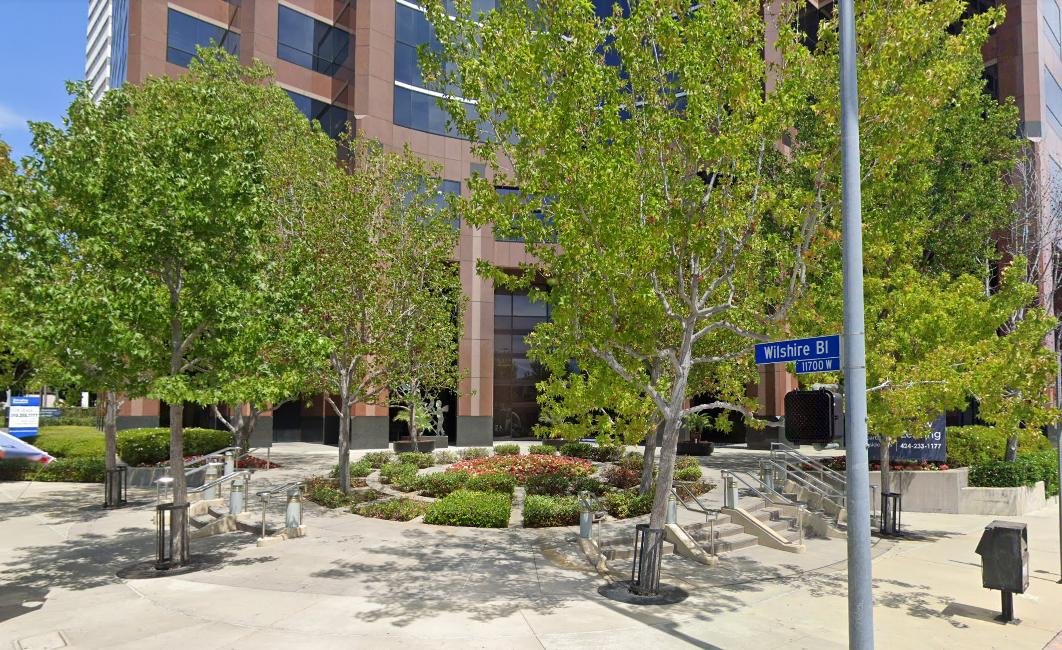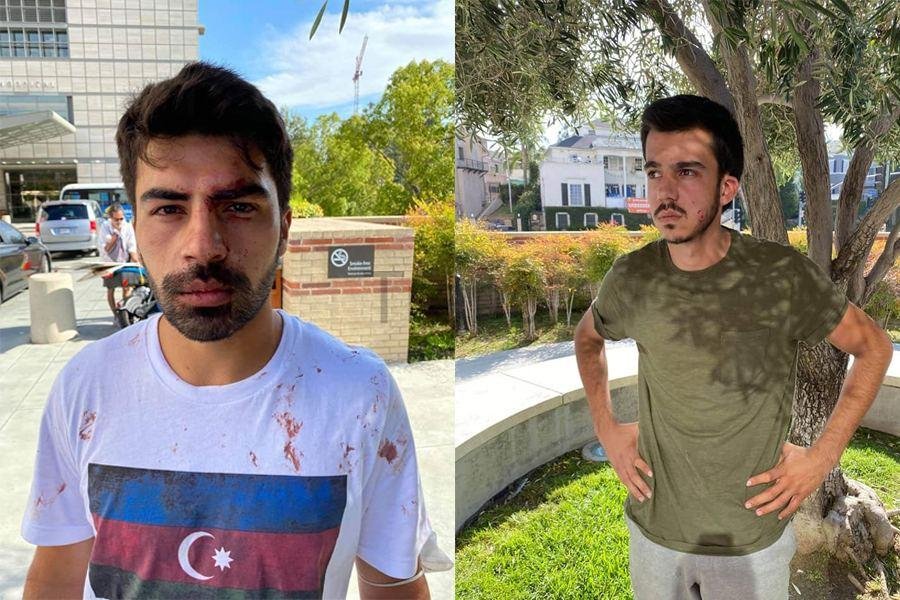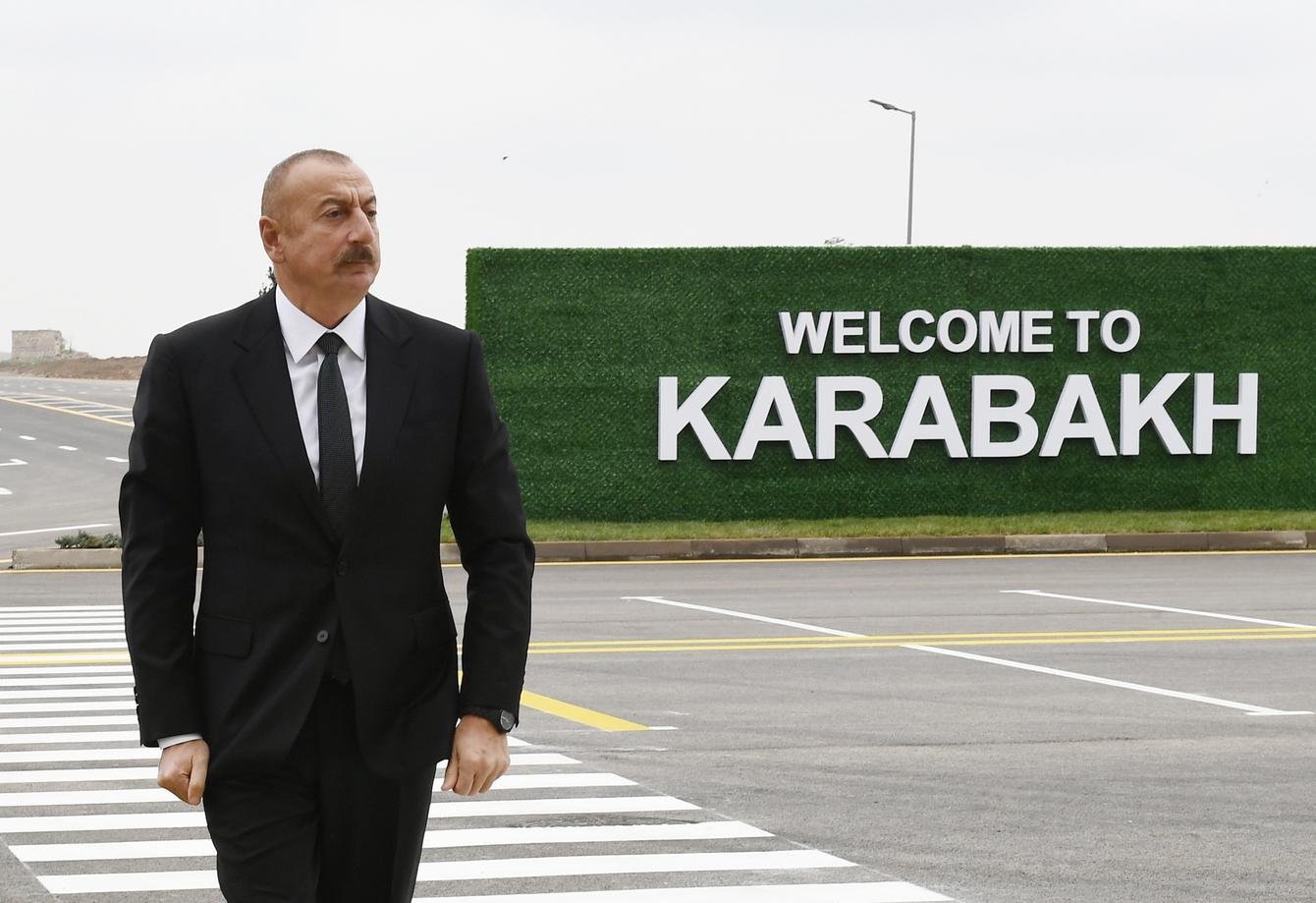LA names intersection near Azerbaijani consulate “Artsakh Square” Glorification of separatism in democracy
The Los Angeles City Council has voted to name an intersection near Azerbaijan's consulate "Republic of Artsakh Square".
“We have taken this action to affirm the solidarity of the people of Los Angeles with the people of Artsakh,” Paul Krekorian, the city council’s president said in an emailed statement on May 16, according to LAist.com which is a part of Southern California Public Radio.
According to him, the West L.A. intersection of Wilshire Boulevard and Granville Avenue was chosen because it's where Azerbaijan's Los Angeles consulate is located.

Los Angeles County is home to the largest number of Armenians outside of Armenia, with more than 200,000 Armenian-Americans living in the county. The suburban city of Glendale is the centre of the Armenian community, and a small section of Los Angeles is known as Little Armenia.
The naming came days after a decision by the local court of Los Angeles against Hovhannes Sukiasyan, who assaulted Azerbaijanis in July 2020 during their peaceful protest outside the Consulate General of Azerbaijan in Los Angeles. On May 11, Azerbaijani Foreign Ministry Spokesman Aykhan Hajizade welcomed the verdict against Sukiasyan for the "hate-motivated crime of assault" on Azerbaijanis, following the sentencing of Eric Hakobyan on June 15, 2021, for assaulting a government official during the same rally in Los Angeles.
On July 21, 2020, Armenians living in Los Angeles surrounded the building of Azerbaijan's Consulate General and held an action with aggressive and provocative anti-Azerbaijani slogans. Approximately 50 Azerbaijani community members came to counter-protest and highlight the occupation and ethnic cleansing of Azerbaijan’s lands by Armenia, as well as the recent border aggression committed against Azerbaijan.
Although a handful of police officers were deployed to secure public safety, they could not prevent the Armenian protest from developing into a street brawl: the Armenian mob unleashing anti-Azerbaijani slogans and insults simply bypassed the police forces and ran toward the Azerbaijanis.

The latter outnumbered (50 vs 5,000) and cornered by the angry crowd were subject to physical assault. As a result, seven Azerbaijanis were injured, with four of them being hospitalized. Reportedly, the Armenian man, who attacked the young Azerbaijani woman, also assaulted a police officer.
Following the attack, the Azerbaijani Consulate General raised the issue of this atrocity before the Los Angeles City Hall and other senior officials, demanding the immediate identification of the offenders, and bringing them to justice.
The US ambassador to Baku, Earle Litzenberger, who was summoned to the Azerbaijani foreign ministry in connection with this issue, said that there was “indisputable evidence that it was carried out directly by aggressive Armenian demonstrators and that it was impossible to justify the attack by a large number of Armenians against Azerbaijanis gathered there for a peaceful protest.”
Armenian Defence Minister Suren Papikyan reportedly banned the use of the phrase "Republic of Artsakh" by the Armenian Defence Ministry in a secret order this March. The minister’s written order, sent to the military units, states literally: "The phrase ‘Republic of Artsakh’ should be removed from the vocabulary, only ‘Nagorno-Karabakh’ should be used.”
According to Azerbaijani official data, up to 25,000 ethnic Armenians live in certain parts of Azerbaijan’s Karabakh region, temporarily monitored by the Russian peacekeeping contingent, while the Armenian government claims that the number of ethnic Armenians living in Karabakh is 120,000. Armenia demanded special status for this area, which they call “Artsakh” or the “Nagorno-Karabakh Republic”, while Baku rejected these claims as a threat to the territorial integrity of Azerbaijan.

Since late 2020, Azerbaijani authorities have been calling on ethnic Armenians residing in the Karabakh region to eliminate anti-Azerbaijan propaganda and take steps to become part of Azerbaijani society. The authorities of Azerbaijan have repeatedly rejected the existence of a territorial unit called “Nagorno-Karabakh”. For the Azerbaijani government and people, the territory partially settled by the Armenian population is Karabakh or the Karabakh economic region on official documents.
Armenia and Azerbaijan have long been at odds over the latter’s Karabakh (Garabagh) region. Following the Soviet Union’s dissolution in 1991, Armenia launched a military campaign against Azerbaijan that lasted until a ceasefire deal was reached in 1994. As a result, Armenia occupied 20 per cent of Azerbaijan’s internationally recognized territories. Over 30,000 ethnic Azerbaijanis were killed, and one million were expelled from those lands in a brutal ethnic cleansing campaign carried out by Armenia.
On September 27, 2020, the decades-old conflict between the two countries spiralled after Armenia’s forces deployed in occupied Azerbaijani lands shelled military positions and civilian settlements of Azerbaijan. During counter-attack operations, Azerbaijani forces liberated over 300 settlements, including the cities of Jabrayil, Fuzuli, Zangilan, Gubadli, and Shusha, from a nearly 30-year-long illegal Armenian occupation. The war ended in a statement signed on November 10, 2020, under which Armenia also returned the occupied Aghdam, Kalbajar, and Lachin districts to Azerbaijan.








